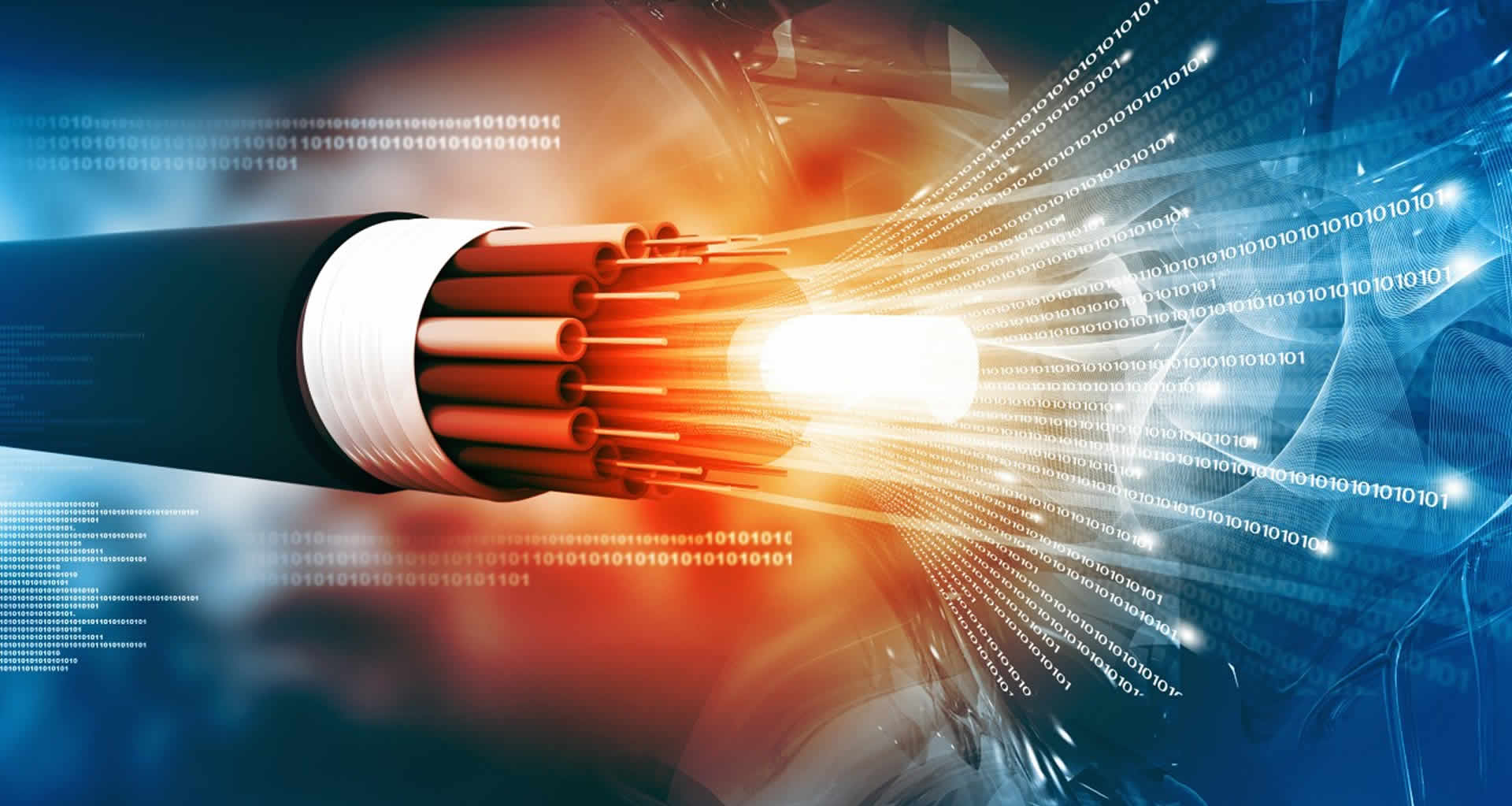When you think of the internet, what comes to mind? Most likely, you imagine Wi-Fi signals, the cloud, or maybe the devices you use to get online. But beneath all that digital magic, there’s something else at play—a technology that’s quietly revolutionized how we connect, communicate, and share data: the fiber internet provider, leveraging fiber optic cables. They might not get the same attention as flashy gadgets, but the power behind these cables is nothing short of extraordinary.
Fiber-optic cables use light to transmit data at lightning speeds, and in a world where instant communication is the norm, the role of fiber optics has never been more important. Whether you’re streaming movies, gaming, or running a business, having a fast, reliable connection is critical, which is why more people are turning to a fiber internet provider to ensure they get the speeds they need.
But there’s more to fiber optics than just fast internet. It’s a technology built on a fascinating combination of science and engineering. Let’s take a deeper look at the magic behind fiber-optic cables and why they’re so essential in today’s digital age.
What Are Fiber-Optic Cables, Really?
At first glance, fiber-optic cables might look like regular wires, but they’re far more advanced. Instead of using electricity to send data, they rely on pulses of light. These pulses travel through strands of ultra-pure glass or plastic fibers, each strand as thin as a human hair. The idea is simple: convert electronic data into light, send it through the fiber, and then convert it back into electronic signals at the other end.
This might sound like science fiction, but it’s all about harnessing the power of light to move information. And because light travels incredibly fast, fiber optics can transmit data much faster than traditional copper cables. That’s why fiber-optic networks are the backbone of high-speed internet today.
The glass fibers inside these cables are designed with such precision that they can carry light over long distances without much loss in quality. Think about it—light is traveling miles through these tiny strands, yet the data remains intact, ready to be translated back into digital information.
The Secret Behind the Speed: Internal Reflection
Now, you might be wondering, “How does light move down such a small cable without just escaping in all directions?” This is where the science gets really cool. Fiber-optic cables rely on a principle called total internal reflection. Essentially, the glass fibers are made in such a way that light continuously bounces off the walls of the fiber, staying contained within the core.
Imagine shining a flashlight down a glass tube. In most cases, the light would scatter and fade. But in a fiber-optic cable, the structure keeps the light inside, bouncing from side to side, all the way down to the other end. Because of this reflection, the data (in the form of light) can travel far and wide, making fiber optics ideal for long-distance communication.
This guiding of light inside the fiber, without it leaking out, is what allows fiber-optic cables to transmit data so efficiently, even over vast distances. This makes it a favorite choice for everything from home internet to major communication infrastructure, as it can handle large amounts of data without slowing down.
Why Fiber Optics Beat Traditional Cables
For years, most of us have been using traditional copper cables for our internet and phone connections. While copper gets the job done, it’s no match for fiber optics. Here’s why:
- Speed: Fiber-optic cables can send data at the speed of light—literally. Copper cables, on the other hand, rely on electrical signals, which are much slower. That’s why fiber-optic internet is significantly faster, especially when you’re downloading or uploading large files or streaming HD content.
- Capacity: Fiber optics have a much greater bandwidth than copper cables, meaning they can handle more data at once. Whether it’s a video conference, online gaming, or multiple people streaming, fiber can keep up without any noticeable lag or buffering.
- Reliability: Fiber-optic cables are less affected by interference from electromagnetic fields or weather conditions. Copper cables, on the other hand, are more prone to signal degradation due to these factors. So, with fiber optics, your connection tends to be more stable and reliable.
- Distance: As we mentioned before, fiber-optic cables can transmit data over long distances without losing signal strength. Copper cables, by contrast, tend to degrade over distance, making them less effective for wide-reaching networks.
With benefits like these, it’s easy to see why so many businesses and individuals are making the switch to fiber-optic networks. Finding the right fiber internet provider can give you the kind of internet speed and reliability that’s become essential for both work and play in the modern world.
The Future of Fiber Optics
It’s clear that fiber optics have already changed the game when it comes to internet connectivity, but what’s next? Well, the exciting thing about fiber-optic technology is that it’s built to last. Unlike other types of cables, fiber optics are future-proof in many ways.
As internet speeds continue to increase and data needs grow, fiber-optic networks are ready to handle the demand. The same cables that are installed today can potentially support even faster speeds in the future, with just a few upgrades to the equipment that sends and receives the signals.
Additionally, fiber optics are playing a crucial role in the development of 5G networks and other advanced communication technologies. With the ability to transmit massive amounts of data quickly and efficiently, fiber optics will continue to be a key component of our communication infrastructure for years to come.
It’s All About Connection
At the end of the day, fiber optics are all about connection. Whether it’s connecting you to your favorite shows, helping a business run smoothly, or enabling people on opposite sides of the world to collaborate in real-time, fiber-optic cables are the unsung heroes that make it all possible.
The fact that we can send data—massive amounts of it—through light pulses traveling across the world is nothing short of magical. And yet, it’s this very technology that makes our modern lives tick. Whether you’re working from home, watching a movie, or connecting with friends, you’re likely relying on fiber-optic cables to make that experience fast, seamless, and enjoyable.
So, the next time you think about the internet, remember that behind the screens and wireless signals, fiber-optic cables are hard at work, making everything run faster, smoother, and with a touch of science-driven magic.














